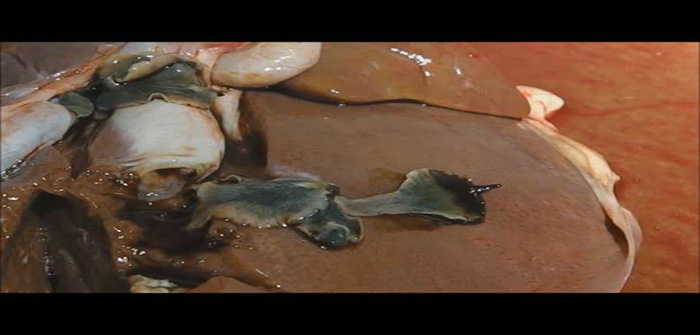Fluke in cattle is expected to be a risk earlier this summer following the wet winter. This makes a mid-summer treatment vital to prevent significant losses.
Farmers who resorted to grazing cattle earlier this year because of a forage shortage could see an even earlier risk. This is because the mud snail, which is the fluke’s intermediate host, will have thrived in the damp and wet conditions, despite the brief cold snap seen at the start of 2018.
There will be a build-up of infective metacercariae on many pastures, which develop into immature fluke when ingested. Additionally, if cattle were not turned out of housing clean of fluke, they will have added to the pasture burden.
All of the above means cattle in risk areas may need a mid-summer treatment to prevent costly losses, said Zoetis vet Dr Dave Armstrong.
“It is important to remember that both immature and adult fluke cause production loss, therefore, waiting to treat is counterproductive if you have fluke on your farm,” he said.
Fluke infected cattle can take 80 days longer to reach slaughter weight, costing between £25-35 extra per head, according to AHDB figures. Studies have also showed fluke to cause reduced reproductive performance in bulls, reduced conception rates in herds, increased age to 1st oestrus of 39-days and, in adults, an increased calving interval of 4.7 days on affected farms.
Dr Armstrong said: “Because a cow’s liver is bigger, they can tolerate a greater fluke burden meaning you won’t see sudden deaths like you would in sheep. However, you will see subclinical disease, which can be costly.”


